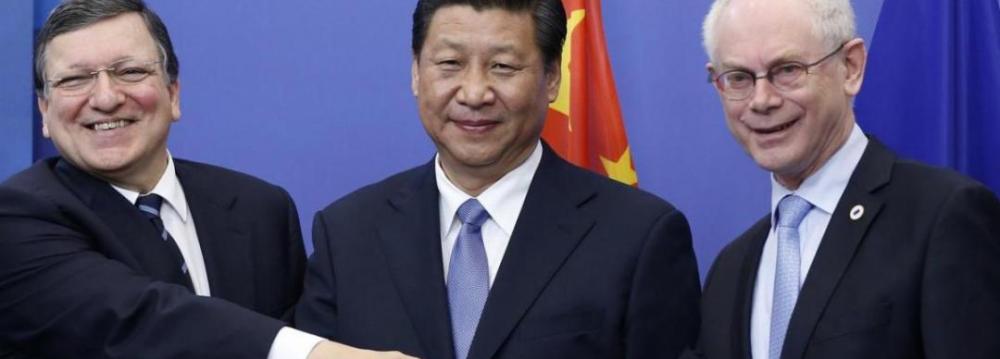Since their announcement in 2013 during Chinese President Xi Jinping’s visit to Kazakhstan and Indonesia, the New Silk Road Economic Belt and 21st Century Maritime Silk Road (termed together the “One Belt One Road” initiative) have been extensively discussed among China’s academia and policymaking circles.
Chinese Foreign Minister Wang Yi, at a press conference accompanying China’s recent parliamentary session, called the initiative a “central focus” of China’s foreign policy in the year 2015, Shaohua Yan* wrote for The Diplomat.
As a key part of the narrative of the new Chinese leadership, the One Belt One Road (OBOR) initiative has not only become one of the top priorities of the Chinese government, it has also attracted considerable interest from abroad, and particularly from neighboring Asian countries. A case in point is that more than 30 countries have joined the Asian Infrastructure Investment Bank (AIIB).
Despite the seriousness with which Asian countries are taking the initiative and its tremendous potential impact on the Eurasian continent, Europe has to date been slow and reluctant in responding.
The subject has been missing from the official EU-China dialogue. This might be explained by Europe’s relatively long distance from China, as well as by the immaturity of the initiative, which will need a long time to take shape. But there is also the possibility that the EU may have underestimated the significance of this emerging Chinese project, and in doing so could be losing an opportunity to benefit from win-win cooperation.
Trade, Investment
Trade and commerce have been at the core of EU-China relationship. The EU has been China’s largest trading partner since 2004, and China is the EU’s second largest trading partner. Two-way trade reached $615.1 billion in 2014.
For centuries, the long distance between Europe and China has been a natural obstacle to strengthening bilateral trade relations. As the OBOR project concentrates on enhancing connectivity and transport infrastructure, there is huge potential to enlarge and accelerate the movements of goods between China and Europe.
This is evidenced by the existing Trans-Eurasia railroad that connects the City of Chongqing in southwestern China to the German city of Duisburg.
According to a CNN report, this rail route takes only 16 days, making it much faster than the lengthier shipping routes. Since its opening in 2011, China has transported $2.5 billion worth of goods to Europe via this route. China, of course, is not the only beneficiary from this improved connectivity. It is estimated that using this rail line, the delivery of a European car to China could be reduced to 25 days, comparing to two months by sea, thus reducing the time cost of shipping. Similar trading benefits could also extend to the countries along the line.
Int’l Cooperation Required
In addition to the potential benefits of the accelerated movement of goods, Europe could also benefit from participating in the OBOR initiative itself. Although the OBOR is a Chinese initiative, China will not be able to do it all alone, but will require international contributions and cooperation.
In this regard, EU countries have an important role to play as well as much to gain. According to international strategist Farzam Kamalabadi, Europe could cooperate with China in this sweeping initiative by taking advantage of its advanced technology, capital, and management experience. The decision of several EU countries (UK, Germany, France, and Italy) to join the AIIB may be a step in this direction.
*Shaohua Yan is a PhD candidate of European Studies at the University of Hong Kong.


